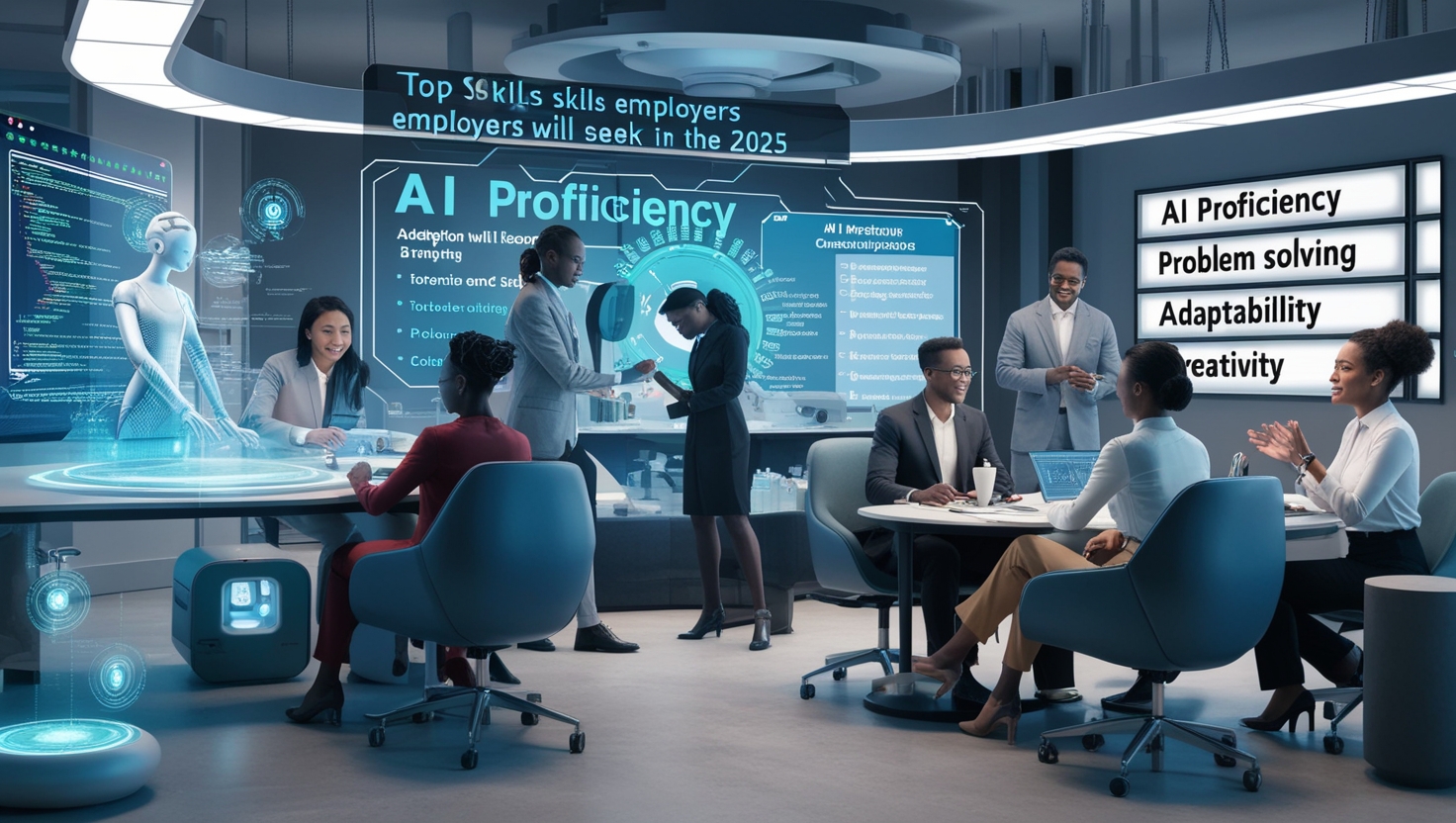Artificial Intelligence (AI) is transforming the U.S. job market at an unprecedented pace, creating new opportunities while posing significant challenges. From automating routine tasks to enabling innovative roles, AI is redefining industries and workforce dynamics. According to a 2024 McKinsey report, 30% of current jobs could be automated by 2030, but AI is also expected to create millions of new positions. This article explores how AI is reshaping the U.S. job market, the opportunities it presents, the challenges it poses, and strategies for workers and employers to navigate this shift.
Opportunities Created by AI
AI is driving demand for new roles and skill sets. A 2024 LinkedIn study found that AI-related job postings, such as machine learning engineers and prompt engineers, grew by 68% year-over-year. Industries like healthcare, finance, and manufacturing are leveraging AI for precision diagnostics, fraud detection, and predictive maintenance, respectively. For instance, hospitals use AI-powered tools like IBM Watson to analyze patient data, while retailers employ AI chatbots to enhance customer service.
Beyond technical roles, AI is fostering opportunities in creative and strategic fields. Content creators use tools like Jasper.ai to draft marketing copy, while HR professionals rely on AI platforms like Workday to streamline talent acquisition. The rise of AI also supports entrepreneurship—small businesses can now access affordable AI tools to compete with larger firms, leveling the playing field.
Challenges of AI in the Job Market
Despite its benefits, AI presents challenges, particularly around job displacement. A 2024 Brookings Institution study estimates that 20% of U.S. workers are in roles at high risk of automation, including repetitive tasks in manufacturing, retail, and administrative support. This shift disproportionately affects low-skill workers, exacerbating income inequality. Additionally, the rapid pace of AI adoption creates a skills gap—only 22% of U.S. workers feel prepared to use AI tools, per a 2024 Gallup poll.
Ethical concerns also loom large. AI systems can perpetuate biases if trained on flawed data, as seen in early facial recognition technologies. Privacy issues arise with AI-driven employee monitoring tools, which 60% of remote workers reported encountering in a 2024 SHRM survey. Addressing these challenges requires robust regulations and upskilling initiatives.
"AI is a tool, not a replacement. The future belongs to those who can harness its power while staying human." - AI Industry Leader, 2024
Key Industries Impacted by AI
AI’s influence spans multiple sectors, reshaping roles and workflows:
- Healthcare: AI assists in diagnostics (e.g., Google Health’s cancer detection algorithms) and personalizes treatment plans, creating demand for data scientists and medical AI specialists.
- Finance: AI powers algorithmic trading and fraud detection, with firms like JPMorgan using AI to analyze contracts, reducing legal review time by 90%.
- Education: AI-driven platforms like Duolingo personalize learning, while schools use AI to automate grading, freeing educators for student engagement.
- Manufacturing: AI optimizes production lines with predictive maintenance, as seen in General Electric’s use of AI to reduce equipment downtime by 20%.
These examples highlight AI’s role in enhancing efficiency and creating specialized roles, but workers must adapt to stay relevant.
Strategies for Navigating the AI-Driven Job Market
To thrive in an AI-shaped economy, workers and employers must act proactively. Below are actionable strategies:
- For Workers: Upskill in AI-related fields using platforms like Coursera or Udemy. Learn basic coding (Python, R) and explore AI tools like TensorFlow. Soft skills like critical thinking and adaptability complement technical expertise.
- For Employers: Invest in employee training programs to bridge the skills gap. Partner with platforms like Pluralsight for tailored AI courses. Foster a culture of innovation by encouraging experimentation with AI tools.
- For Policymakers: Support workforce development through subsidies for AI education and tax incentives for companies adopting ethical AI practices.
Collaboration between stakeholders is key to ensuring an inclusive AI-driven job market.
Resources to Get Started with AI
Here are essential tools and platforms to help workers and businesses embrace AI:
- TensorFlow: An open-source AI framework for building machine learning models. Example: A startup uses TensorFlow to develop a recommendation engine for e-commerce.
- Hugging Face: A platform for natural language processing models. Example: A content team uses Hugging Face to generate blog drafts.
- DataCamp: Offers interactive AI and data science courses. Example: A financial analyst learns SQL and AI basics to analyze market trends.
- IBM Watson: Provides AI solutions for businesses, from chatbots to predictive analytics. Example: A retailer uses Watson to forecast inventory needs.
These resources empower users to explore AI’s potential and build relevant skills.
Conclusion
AI is a double-edged sword in the U.S. job market, offering immense opportunities while posing challenges like job displacement and ethical dilemmas. By embracing upskilling, leveraging AI tools, and advocating for inclusive policies, workers and employers can navigate this transformation successfully. The future of work lies in balancing AI’s efficiency with human creativity and resilience, ensuring a job market that benefits all.
